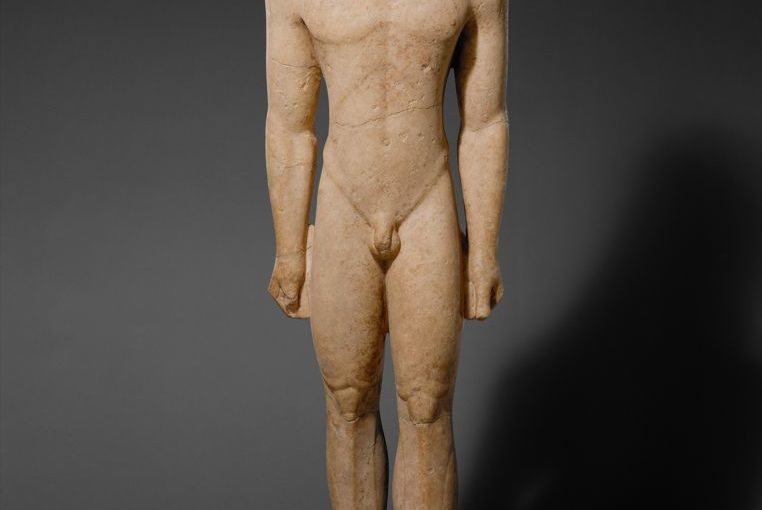TOPIC: The topic that I have chosen is Humanism throughout history. The reason as to why I have chosen the seven pieces of artwork below for my final project is because they all are related to the idea of Humanism. Each individual artwork represents a time period, before, during, and after humanism and the transition/movement from artwork that focused on religion and deities to artwork that focuses on the ideal human, making humans the center of attention. Outline:Artist: N/A Title: Standing Male Worshiper Date: 2900–2600 B.C. Museum: The Metropolitan Museum of Art
Artist: N/A Title: Stele of Naramsin Date: 2245 BCE Museum: Louvre Museum (Paris)
Artist: N/A Title: Stele of Hammurabi Date: 1780 BCE Museum: Louvre Museum (Paris)
Artist: N/A Title: Kouros Date: 600 BCE Museum: The Metropolitan Museum of Art
Artist: Polykleitos Title: Doryphoros (Roman copy) Date: 450-440 BCE Museum: Museo Archaeologico Nazionale (Naples)
Artist: Michelangelo Title: David Date: 1504 Museum: N/A
Artist: Raphael Title: School of Athens Date: 1509 Museum: N/A Annotated Bibliography: Dr. Steven Zucker and Dr. Beth Harris, "Standing Male Worshipper (Tell Asmar)," in Smarthistory, December 16, 2015, accessed December 17, 2018, https://smarthistory.org/standing-male-worshipper-from-the-square-temple-at-eshnunna-tell-asmar/. “Standing Male Worshiper.” The Met's Heilbrunn Timeline of Art History, www.metmuseum.org/toah/works-of-art/40.156/. The authors of the two sources listed above both talked about the Sumerian Sculpture called The Standing Male Worshiper. These sources relate to my topic due to the fact that they talk about a sculpture that was made before the idea of humanism. The sculpture is of a man who has his palms locked together and is praying to who the authors believe is the god Abu since it was found in "The Square Temple"at Tell Asmar. Dr. Beth Harris and Dr. Steven Zucker, "Marble statue of a kouros (New York Kouros)," in Smarthistory, December 20, 2015, accessed December 17, 2018, https://smarthistory.org/marble-statue-of-a-kouros-new-york-kouros/. “Marble Statue of a Kouros (Youth).” The Met's Heilbrunn Timeline of Art History, www.metmuseum.org/toah/works-of-art/32.11.1/. The authors of the two sources listed above talked about the Greek Marble Sculpture of Kouros. These sources relate to my topic due to the fact that they are about a one of the earliest sculptures that focuses on the human body instead of a deity or a human worshiping a deity. The sculpture is of a young nude man. The sculpture details the muscle on the human body and also shows a sense of motion in the way that its left leg strides forward, one of the firs sculptures to show movement. Dr. Beth Harris and Dr. Steven Zucker, "Polykleitos, Doryphoros (Spear-Bearer)," in Smarthistory, August 8, 2015, accessed December 17, 2018, https://smarthistory.org/polykleitos-doryphoros-spear-bearer/. “Marble Statue of a Kouros (Youth).” The Met's Heilbrunn Timeline of Art History, www.metmuseum.org/toah/works-of-art/32.11.1/. The authors of the source listed about talked about the ancient roman copy of a Greek bronze original Polykleitos, the Doryphoros. This source relates to my topic since it is a sculpture that idealizes the human body. This sculpture was created when Humanism was at it's peak during that time. Similar to the statue of Kouros, the Doryphoros has a sense of movement but different to the Kouros, the Doryphoros has no symmetry, it instead has contrapposto, counter balancing to show that the statue is suppose to represent a person walking. It's one of the first statues that represents a human/person that could be a part of our world.



